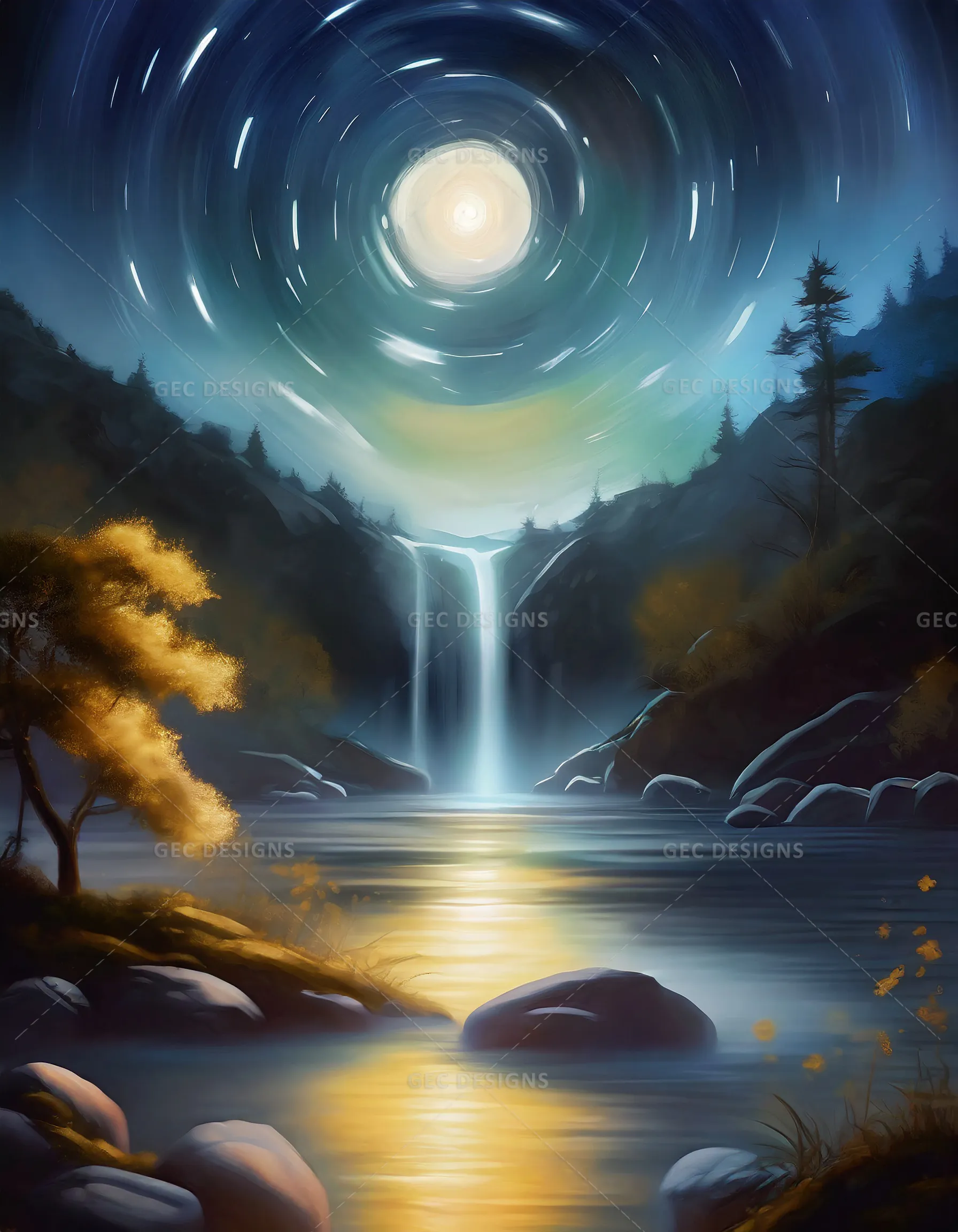How to use gradients effectively in UI designs | Dos and Don’ts
In the world of user interface design, the color gradient has become a game-changer. After dominating in the late 90s and early 20s Gradients have come back in a big way. Gradients add texture, and it creates a visual impact on designs. In the age of flat design, gradients were ignored by UI designers. Later in 2014, Google released the material design, and Apple updated its Flat UI design. This evolution of Flat design is called Flat 2.0.
In new design trends, designers started adding more colors, shadows, and of course, gradients to the digital design elements. That's the way gradients came back again as a design trend. From web backgrounds to interface elements, and image overlays, now designers use color gradients more effectively than before.
In this article, we’ll take a look at
- What are gradients?
- Types of gradients
- Why gradients are valuable to designers?
- Tips for choosing cool gradients
Let’s dive in,
What are color gradients?
A Color gradient is defined, as the smooth blending from one color to another color. It allows designers to create a new color or tone for the overall design. Gradients are also known as transitions of colors. This blending can occur between the same color tones such as from dark green to light green, two different colors such as from orange to yellow, or even between more than two colors such as from blue to green to yellow.
Types of gradients
The gradient types mainly depend on where the color starts and gradually blend with the other colors. Here we have listed 5 common types of gradients.
Linear – In linear-gradient, the color transition progress between two or more colors along a straight line either horizontally, vertically, or diagonally. This is the most common type of gradient.
Radial – In a Radial gradient, the color transition between two or more colors originated from a single center point and spread outwards in all directions from the center. It allows designers to design the size, rate of transition, and center point of the gradient. It creates highlights and shadows that give more depth to the designs.
Conic – Conic gradient is similar to a radial gradient, both are circular. The difference is, in radial gradient, the color transition starts from center to edge, and in conic gradient, the color transition progress in a clockwise direction from a single center point. The end of the gradient will meet the beginning stop after covering a full 360 degrees.
The conic gradient is also known as the “Angular gradient”.
Reflected – Reflected gradient is reflection, it creates a mirrored effect. This type of gradient starts and ends with the same color and in between it has a separate shade.
Diamond – Diamond gradients are a lot like radial gradients both originate in the center and move outwards. Diamond gradients are in the shape of a diamond rather than a circle.
It creates a diamond shape from the starting point and the endpoint is in the corners of the diamond.
Why gradients are valuable to designers?
Color gradients are simple but they can create much deeper impacts on user interface design. Is anyone like the boring designs? No, Right?
Here are some reasons why designers use gradients in their interface designs.
Gradients make designs unique
Gradients produce highlights and shadows which gives originality and realism to the design. Gradients add depth to the design, it adds a new dimension to the design and gives a unique, modern, refreshing feel to your brand.
A well-designed gradient makes your designs stand out from the rest.
Gradients create interest
If you apply a gradient, even a small element can be exciting. Gradients take the design to another level, gradients make elements clickable.
By adding more colors, you become more attractive. People love colors, look at the everyday objects around, and nearly everything is a gradient in nature. We are attracted to colors naturally, right? it is another reason why gradients are trendy.
Gradients are catchy
Gradients can make a long-lasting impression which the flat design sometimes cannot. By blending colors, designers can create eye-catching visuals, and using good color combinations help your brand stay memorable. As I have mentioned above, gradients create visual interest, directs user's attention toward the focal point of the design.
Here we have covered, what are gradients? Types of gradients? and why gradients are valuable? Also, the 9 tips to create cool-looking gradients for your projects.
Tips for designing cool gradients
- Choose the right colors
- Create smooth transitions
- Avoid random colors
- Use gradient to create a focal point
- Use separate shapes and patterns
- Consider contrast levels
- Use gradients wisely
- Optimize gradient design for printing
- Use the right tools
Choose the right colors
Do you want to design a pleasant gradient? It all depends on what color you choose, whether you are selecting dual-tone or multi-tone. It’s better to use either analogous colors (those next to each other on the color wheel) or monochromatic colors (shades of the same color).
Make sure that the chosen colors will work with your brand color. Generally, colors from the same color family will create a cool gradient.
While choosing the colors for your gradient design, think about what kind of feelings or emotional response you are trying to provoke in your audience. Color psychology can help you to decide on the choice. For example, if you want to evoke people’s buying behavior, just go with bold colors like red and orange, or black and royal blue.
Create smooth transitions
Make sure that the transition between colors is smooth. The sudden shift in colors can affect the overall user experience. To create a smooth transition, you need to spend more time with the color stops until the gradient looks subtle. Make sure that your audience can not find the place where one color blends with another.
Sometimes a gradient with two colors can create a dull gray color in the middle. To avoid this unpleasant transition try to add the third color in the middle, and you can find that third color in the color wheel, it will be in between your two primary colors.
Play with opacity is a great way to let the color blend. Opacity not only allows you to let the colors blend but also the colors blend with the background. And finally, you can create a lovely gradient design.
Avoid random colors
Not all color combinations look pleasant. Sometimes, random color combinations look messy. Imagine the red to green gradient, Is it looks nice? No, it's not right?
So try to avoid complementary colors when creating a gradient. It doesn’t mean that never use complementary colors. Many designers use complementary colors in their designs, and it creates a pleasant feel as well. It only depends upon which hue and shade you choose for your gradient.
When it comes to identifying the colors for complementary gradients, nature is the best source.
If you feel hard to find the colors for your gradient design, try to take inspiration from nature. As I have mentioned before, Just look everywhere, we are surrounded by beautiful gradient colors, Isn't it?
The tropical sunsets, seashells, flowers, Oceans, leaves, forests, animals, and mountains, all can provide beautiful gradient inspiration.
Use gradient to create a focal point
Even after choosing the perfect colors for your gradient design, you should focus on implementing the gradient into the design. A great gradient should help to move the user’s eyes from one part of the design to another.
Use lighter and darker areas of a gradient color to create a path to drive your user’s attention toward the focal point. The color theory suggests that the user’s eyes naturally move from light to dark.
Use lighter areas of gradient color to guide the users’ eyes to the most important part of your pages like the call-to-action button or product. Use linear gradients for square areas and use radial gradients for round areas.
Use separate shapes and patterns
Using separate shapes to fill colors or gradient colors is one of the best ways to create a fantastic gradient design. This will allow you to apply gradient color over an existing color. By doing this, you not only add more depth to your design but also makes your design visually interesting.
Make sure that the design doesn’t look unpleasant.
Consider contrast levels
When creating a gradient, you should always keep contrast in your mind.
Color contrast is the ratio of a foreground color (text) and the background color.
No matter, how fantastic your design is, color contrast in your design can destroy accessibility if it is implemented incorrectly. If there is a lack of color contrast between the background color and the text color, that leads to poor readability and that will ruin all your efforts. So always focus on your color contrast ratio.
According to Web content accessibility guidelines (WCAG) 2.1, the text should have a ratio of at least 4:5:1 with the background. Black or darker shade text is recommended for light backgrounds and white or light color text is for dark backgrounds.
Use gradients wisely
Keep your design simple!
When it comes to gradient design, less is best for a perfect design. Do not overload the gradient with too many colors, try to use two or three colors for your gradient design. And it doesn’t mean that you are limited. You can also use more than three colors for your gradient design but it mainly depends upon the design which you work on.
Of course, gradients have a pretty bold presence, it adds depth to a flat design, and it creates visual interest in a flat color background design. But you can’t use gradients everywhere. It doesn’t work well with all designs and logos, however, you need to ensure that it adds significant value to the overall design.
Optimize gradient design for printing
As I mentioned above, Gradients add depth to the design and give a new dimension to the design on the screen. But sometimes, it is not as attractive in printouts as on the screen. In poor print copy, the gradient may look like banded instead of, blend. So it is necessary to prepare your designs for the best results.
Here are some tips to avoid printing issues on your gradient design
- Make sure that the fade is as smooth as possible. Otherwise, you can end up with a midway-harsh line through your gradient design.
- Play around with angles and lengths to find which is best for your design.
- If there is any text over your gradient design, make sure that the design doesn’t lose clarity and readability.
Adobe released some general guidelines for gradient design that will help you to improve your printed results.
Use the right tools
There are lots of tools available to create gradients, you can use one of them to create the best gradient for your design or you can also pick a beautiful gradient from a collection of gradients that is already available in our free tools.
Are you looking for cool gradients for your next design project? We have a free color gradient picker tool, it has over 450 color gradients which you can use for your design projects. Our Gradient picker tool featured a color-wise filter, Gradient image (PNG format) download, and you can even copy the CSS codes of the gradients.
I hope this article will help you in choosing gradient colors wisely for your design projects. Feel free to share your thoughts and feedback in the comments section below, also if you feel like adding more points that I might have missed out on, I firmly encourage your participations.

Rajanarthagi
Content writer and Marketer
An enthusiastic SEO expert, passion for digital marketing with two years of expertise in writing Digital Marketing and SEO content. She is a Master of Business Administration graduate from a reputed university in south India. Her passion for SEO and online marketing helps her to stay up to date with the trends and strategies. Follow her on social media sites, to stay up to date with SEO, and Digital Marketing, Updates. To contact Raji, visit the contact page.




